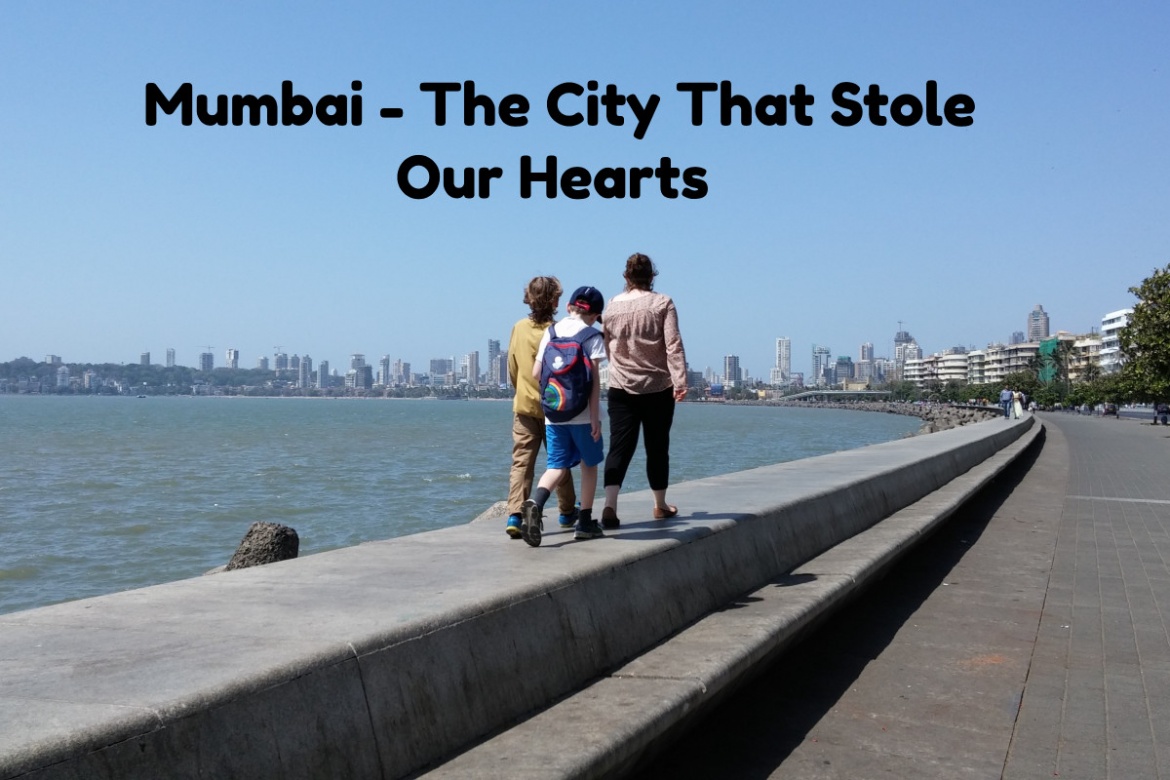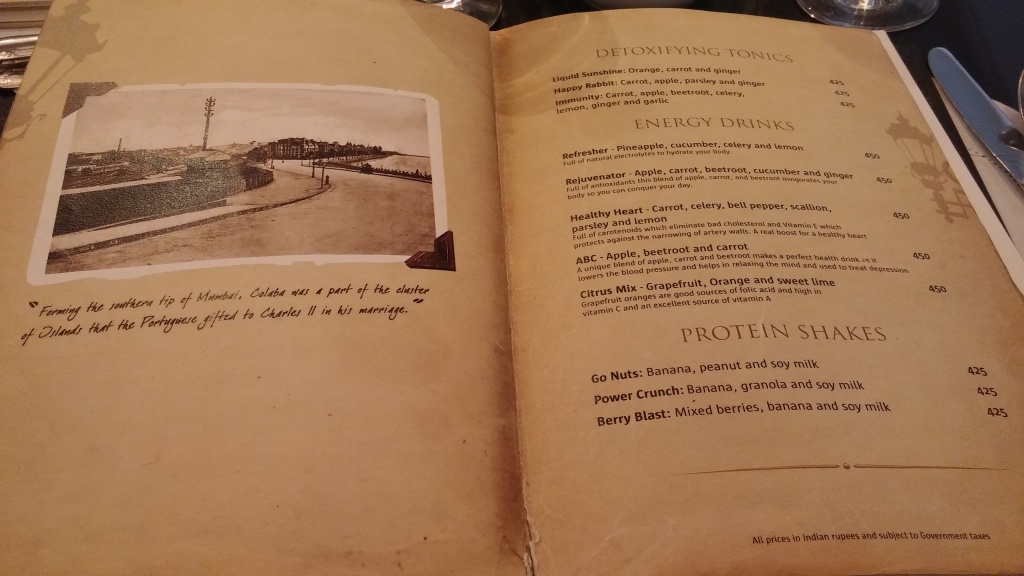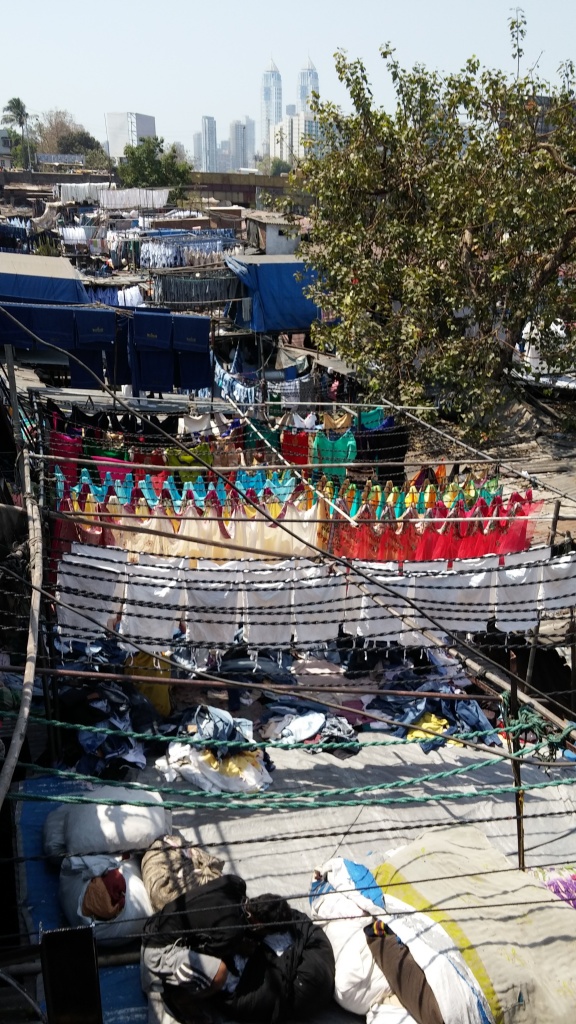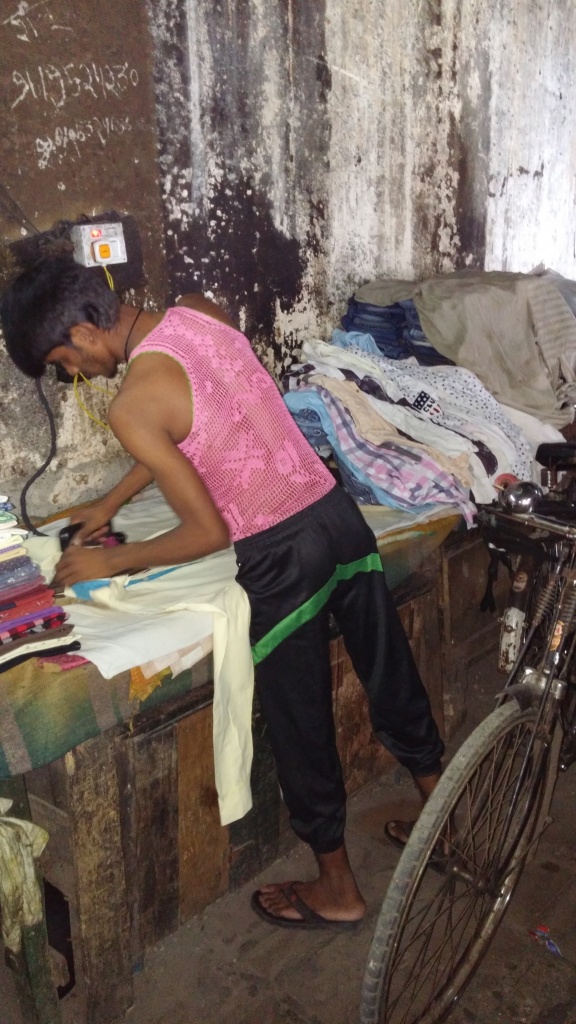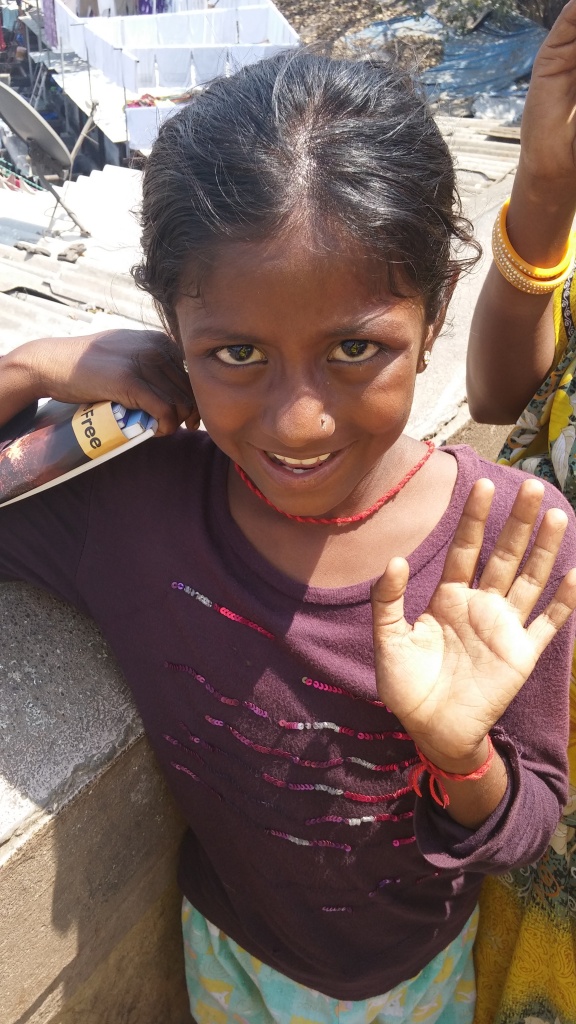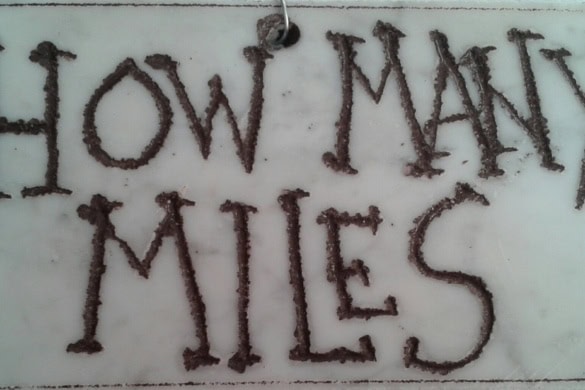A visit to Mumbai was never on my bucket list of travel destinations.
As a city, I had been exposed to the darker side of Mumbai via its depiction in movies like Slumdog Millionaire and via online stories of poverty, filth and deprivation, while how many of us were horrified by the atrocities of 2008?
India was a country that had long appealed to my inner traveller, but I had visions of trekking at the base of the Himalayas or bathing on the shores of the Indian Ocean, not struggling to navigate in the home of one of Asia’s largest shanty towns.
However, when my gifted girlfriend Teresa was invited over by the Deputy British High Commission, to visit and to advise the city’s hospitals (read her Deputy British High Commission blog), it seemed that we would in fact be adding Mumbai to our travel plans.
And, for as long as I live, Mumbai will linger in my memory and in my heart.
It is a city that never sleeps and which overflows with everything. People, traffic and animals but also with warmth and charm. Mumbai viciously assaults your senses with smells, sounds and a sensation that you are in a different world. And sometimes, in Mumbai, you enter different worlds.
For never in my travels have I seen such a distinct gap between the ridiculously rich and the impoverished underclass.
And never have I seen it more illustrated than in the differences between afternoon tea at the Taj Mahal Hotel and an afternoon walk in Dhobi Ghat
Taj Mahal Hotel – A Touch of Class
Our hotel staff, at the wonderful Trident Hotel, had suggested that we visit the site of the 2008 terrorist attack and look for the bullet holes in the walls of Leopold Cafe that provide a constant reminder of the dangers that still exist. For us, this felt a little too morbid and a tad tasteless. Despite visiting sites of ancient battles elsewhere, it didn’t sit well to view the scene of 10 deaths as a tourist attraction, but I can understand why locals might want us to witness what Mumbai has endured.
However, we were keen to visit the Taj Mahal Hotel. Not to explore its role in 2008, but to sample the delights of its afternoon High Tea. What can I say? I’m British and the prospect of tea and scones overlooking the Arabian Sea was irresistible, although as a fitness blogger, I did spot some healthier options.
Throughout our walks across Mumbai we were often reminded of its colonial past and nowhere is it more evident than in the corridors and sitting rooms of the Taj Mahal Hotel. The walls are glistening white and are resplendent with photographs and stories that regale its history and its role in the development of Mumbai and in its role in the British Empire.
The Taj Mahal Hotel belongs to a different era and as soon as you enter its grounds you are reminded of its most recent history. Security in Mumbai is taken seriously. Every prominent building has armed guards and metal detectors that you must pass before entering. It doesn’t feel like an imposition and after the initial surprise, you accept it as being a reassuring security measure.
Once past security, you enter the main lobby and into what dies look more like a palace than a hotel. Despite our far flung and frequent travels , we try not to be ostentatious travellers and at first glance the Taj Mahal Hotel was a touch too rich for us (you can take the boy out of Pollok, but you can’t take the Pollok out of the boy ).
Even though we were treated like royalty by the waiting staff, we did feel a little out of place and I know that as I ventured each time up to the buffet carts for more cake, I felt a little uneasy. I then felt a little queasy as the our personal tower of scones, cakes and sandwiches were delivered. For a family of four, it wasn’t an overly expensive experience and for a glimpse into Mumbai’s past, it should be on your to do list. As Mumbai experiences go, it was one of our highlights.
One which would only be overshadowed by one place.
That Place was Mahalaxmi Dhobi Ghat
“When tourism is well-managed, it has tremendous capacity to create decent jobs, provide opportunities for inclusion and education, and contribute to preserving cultural heritage and the environment.”
U.N. Secretary-General Ban Ki-moon
I am not a huge fan of poverty tourism. I recognise that it can contribute to local economies, but I also can’t help but think that it is a little voyeuristic, exploitative and insincere to visit slums and then retire to my 5 star hotel complex to write blogs about my experiences as I sip on cocktails and post pictures on Instagram.
But Mahalaxmi Dhobi Ghat, or just Dhobi Ghat, is much more than a slum. It is a hive of activity, a centre of industry and testament to human determination to survive. It is an institution.
Dhobi Ghat is the largest unmechanised laundry in the world. A place where generations of washermen are born, live and die. A place where over 1 million items of clothing are washed, pressed and folded each and every day and a place which almost brought me to tears.
Dhobi Ghat is located in the south of Mumbai and can be accessed by the train station of the same name or by using any one of the million taxis and auto rickshaws that fill every inch of every street in Mumbai, but which will still find a way to get you anywhere you want to go in the most exhilarating and often nerve-wracking way.
700 families who gather and wash much of the city’s soiled clothing, bedding and tableware have made Dhobi Ghat their home. If you are sleeping in the finest cotton sheets or sitting at a clothed table in a restaurant, the chances are that they have been washed and hung to dry in Dhobi Ghat.
As soon as we arrived and stepped out of our taxi, we were approached by Bilal, who offered, at a price, to be our Dhobi Ghat tour guide. He asked for 600 rupees and I managed to haggle him down to 400 ( £4 GB). As he led us through the alleys and underpasses, I could see others smirking in his direction. Did they regard us as marks or maybe they were genuinely pleased to see him leading us through the streets.
Bilal had visible signs of polio and as he guided us and engaged with us in his broken english, I started to regret haggling him out of 200 rupees and gave him an additional 400. For he was a brilliant guide. Not because he was providing a detailed commentary, but because with him at our side, we climbed ladders and onto roofs; we ventured into areas which we wouldn’t have dared to without him and we were able to see up close the inner workings of Dhobi Ghat.
We felt the the heat from the boiling water while the air was strong with the smell of bleach. The vibrant colours of the linen and the blue fields of denim were made for instagram and they have left in imprint in my mind.
By the end of the tour, we were left mesmerised by the industrial scale of Dhobi Ghat and left wondering about how they they keep track of everything. As we left, I also had my most difficult experience. Wherever you go in Mumbai, you see people and especially children doing everything they can to better their lives and often, just to survive. It must be easy (or maybe not) to become hardened to the scenes of poverty, but on this instance, I crumbled.
I never knew her name, but her smile melted my heart and before I could think, my wallet was out and I was buying all of her stock. I didn’t think about how she might be working for others and only when a crowd of children surrounded me did I realise that I could not help them all. With over 300,000 children living on Mumbai’s streets it an impossible task. We had to make a hasty retreat and from that day on we dined in local restaurants; we tipped more and paid more for everything. The joy of haggling had disappeared and every time I look at this photo, I just hope that she is still smiling.
Mumbai is a city that is rich with culture and history and which has grand designs for the future. Its designer shopping arcades outshine many in the West and the stretch along Marine Drive rivals any esplanade in the world, but I wonder how it can ensure that some of the wealth and opportunities trickle down to those who long for a better life? Mumbai is home to 32 billionaires while Dharavi, the largest slum in Asia, has over 1 million residents. If I ever go back to Mumbai (and I want to), I will be returning home with suitcases of Dhararvi’s famed leather goods and souvenirs from every street kid I encounter.
In the meantime, we can all help children living on streets across the world with donations (every penny helps) to Railway Children, a wonderful charity that helps the thousands of children that arrive alone on trains in cities across the world, including here in the UK.

